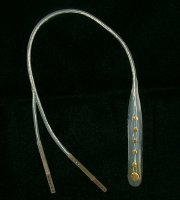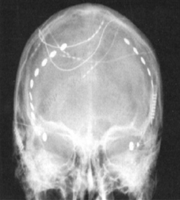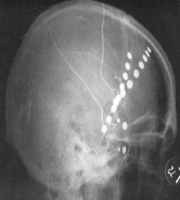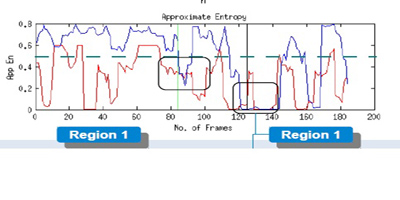Healthcare Engineering
Epileptic Seizure Detection and Prediction Based on Dynamic Changes in Cerebral Blood Flow
Epilepsy is the third most common neurological illness. There are about 200,000 new epilepsy cases reported in the U.S. every year. Approximately 20% - 25% of epileptic patients do not respond to medical treatments. One of the most disabling aspects of epilepsy is the sudden occurrence of seizure in patients without an aura or warning. Early detection of a seizure onset from a localized epileptic focus is critical for implementing appropriate preventive measures, either to suppress the seizure or to warn the individual to seek medical attention or a safe ground.
Currently, electroencephalography (EEG) is considered the gold standard of monitoring
the neural discharges during an epileptic seizure. However, no reliable seizure detection
tool has been developed based on EEG due to issues related to specificity, sensitivity
to patients' motion, absence of reference period, and others. On the other hand, changes
in cerebral blood flow (CBF) prior to the electrical discharge in the epileptic focus
may be a reliable measure for seizure detection and prediction. The goal of this project
is to develop an early seizure warning system for epileptic patients based on changes
in CBF.
Our group has investigated CBF in the rat neocortex measured by laser Doppler technique.

We have also investigated CBF in epileptic patients by Thermal Diffusion Flowmetry (TDF). TDF probes are implanted between the cranium and cortex of the patient, on both the epileptic and the non-epileptic sides of the brain, to measure blood perfusion through heat transfer and temperature gradient in the brain tissue.



An algorithm can be developed to predict an impending seizure based on the CBF perturbation minutes before the onset.



Department of Mechanical Engineering
-
Address
Texas Tech University, Box 41021 | Lubbock, TX 79409 -
Phone
806.742.3563 -
Email
mechanical.engineering@ttu.edu
